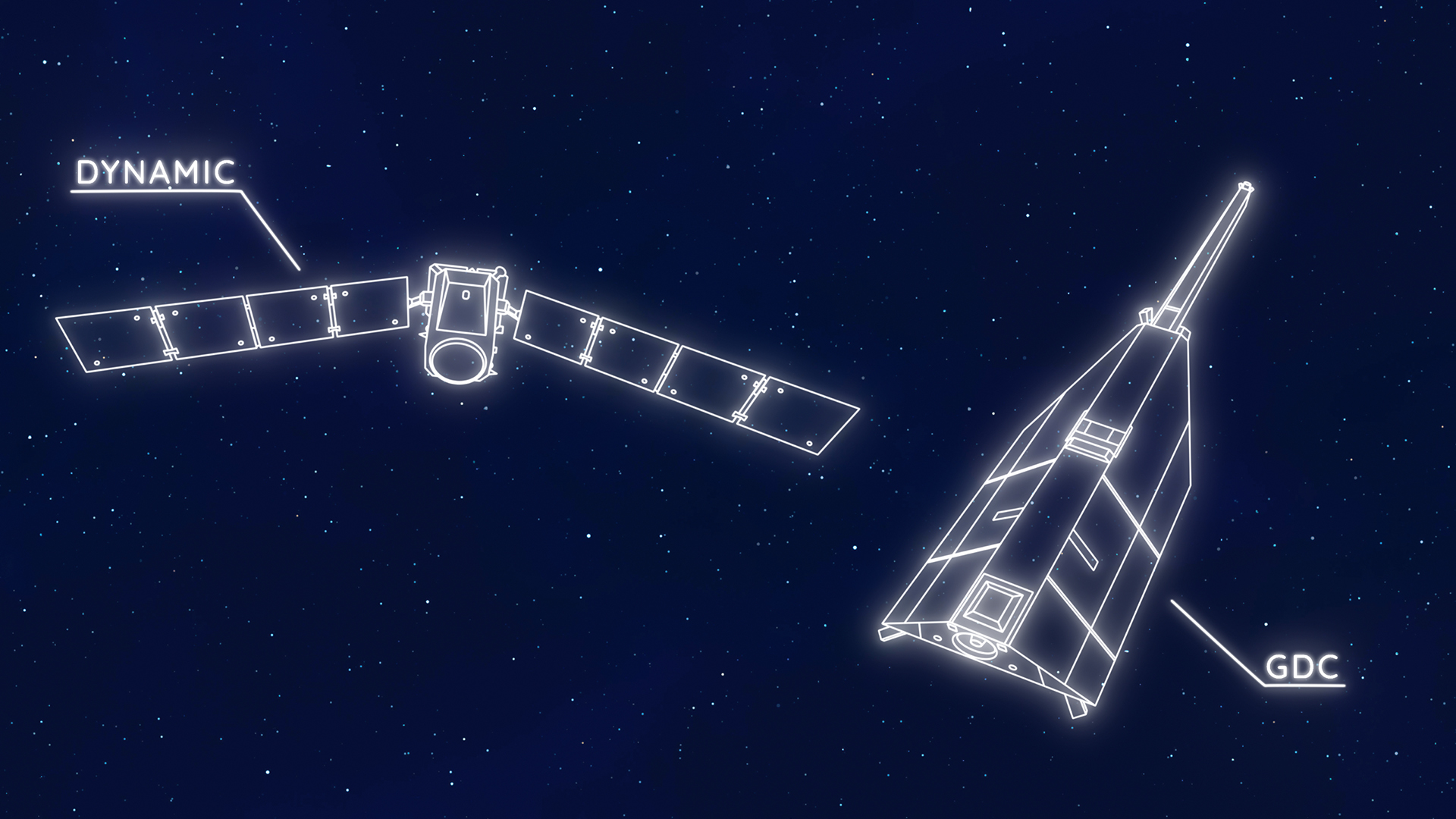Welcome to the Ionosphere
Music credit: Foxy Trot by Luis Enriquez Bacalov
Complete transcript available.
Watch this video on the NASA Goddard YouTube channel.
Learn about the features of the ionosphere! This little-explored region exists between space and Earth. It is home to the aurora, the international space station, a variety of satellites, and radio communication waves. We know it is sensitive to weather from Earth and conditions in space, called space weather. Join us as we venture to this interface to space!

Gif from Welcome to the Ionosphere intro animation Credit: NASA/GSFC/CIL/Krystofer Kim

Airglow in the ionosphere. Credit: NASA/GSFC/CIL/Krystofer Kim

Earth's weather impacts the ionosphere. Credit: NASA/GSFC/CIL/Krystofer Kim

Ionosphere changes over a 24 hour period. Credit: NASA/GSFC/CIL/Krystofer Kim

Ionosphere goes through fluctuations over the course of a year. Credit: NASA/GSFC/CIL/Krystofer Kim

Space weather impacts the ionosphere. Credit: NASA/GSFC/CIL/Krystofer Kim

The solar wind impacts the ionosphere. Credit: NASA/GSFC/CIL/Krystofer Kim
Credits
Please give credit for this item to:
NASA's Goddard Space Flight Center
-
Animator
- Krystofer Kim (USRA)
-
Producer
- Genna Duberstein (USRA)
-
Narrator
- Ryan Fitzgibbons (USRA)
-
Project support
- Robert C. Garner (USRA)
-
Scientists
- Sarah L. Jones (NASA/GSFC)
- Tom Immel (SSL Berkeley)
- Jeff Klenzing
Release date
This page was originally published on Tuesday, November 7, 2017.
This page was last updated on Wednesday, May 3, 2023 at 1:47 PM EDT.

![Complete transcript available.Music credits: 'Faint Glimmer' by Andrew John Skeet [PRS], Andrew Michael Britton [PRS], David Stephen Goldsmith [PRS], 'Ocean Spirals' by Andrew John Skeet [PRS], Andrew Michael Britton [PRS], David Stephen Goldsmith [PRS] from Killer Tracks.Watch this video on the NASA Goddard YouTube channel.](/vis/a010000/a012800/a012817/GOLDOverview_YouTube.00001_print.jpg)
![Music: "Nature Daydream" by Laurent Dury [SACEM], "Grape Picking" by Laurent Dury [SACEM] from Killer TracksComplete transcript available.Watch this video on the NASA Goddard YouTube channel.](/vis/a010000/a012900/a012902/12902_Airglow_VX-919658_large.00320_print.jpg)